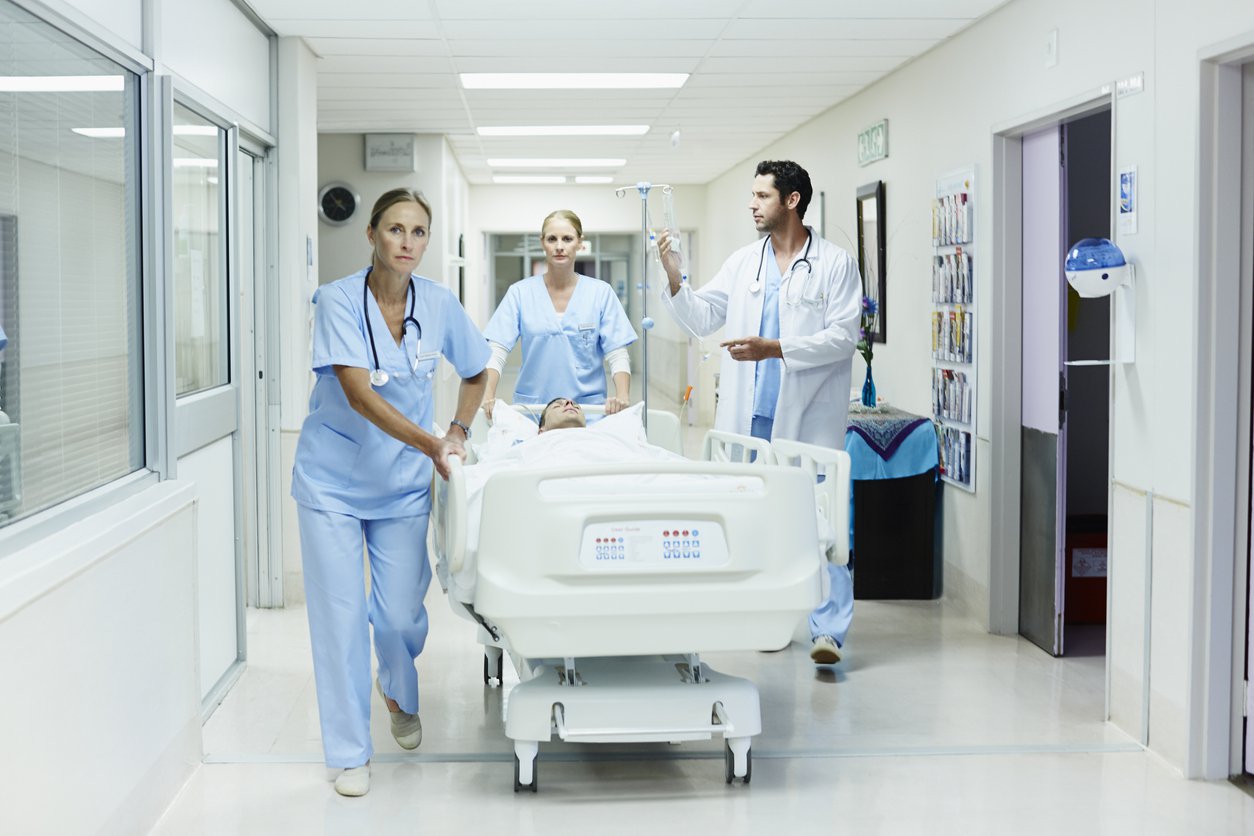
Transporting patients for any reason, especially critically ill ones, is risky. However, there are several reasons why a hospital needs to transfer a patient. Imaging is just one of them as patients move to different parts. Hospital or outside the hospital where the required imaging equipment is unavailable. Managing or mitigating this risk is critical for any clinic. This is not only important for patient care but also because hospitals are increasingly responsible for the consequences of these risks. While CMS used to cover incidents such as patient infections, they often refused, leaving the responsibility to the hospital. Therefore, limiting patient transport and the associated risks is a priority.
If a patient has to leave their room in a hospital to be treated, examined or imaged elsewhere, they are usually not allowed to go to those places. A medical worker carries the patient in patient transport, usually in a wheelchair or on an MRI Compatible stretcher. Transporting a patient requires knowledge, skill, good equipment and communication between the patient and the medical staff. All these things can break and cause injuries ranging from minor scratches to traumatic brain injuries or death, primarily due to a fall. Everyone represents a potential opportunity for a patient transport accident, even if each person only transports once. Incidents are common, although it is estimated that a large proportion of them go unreported. 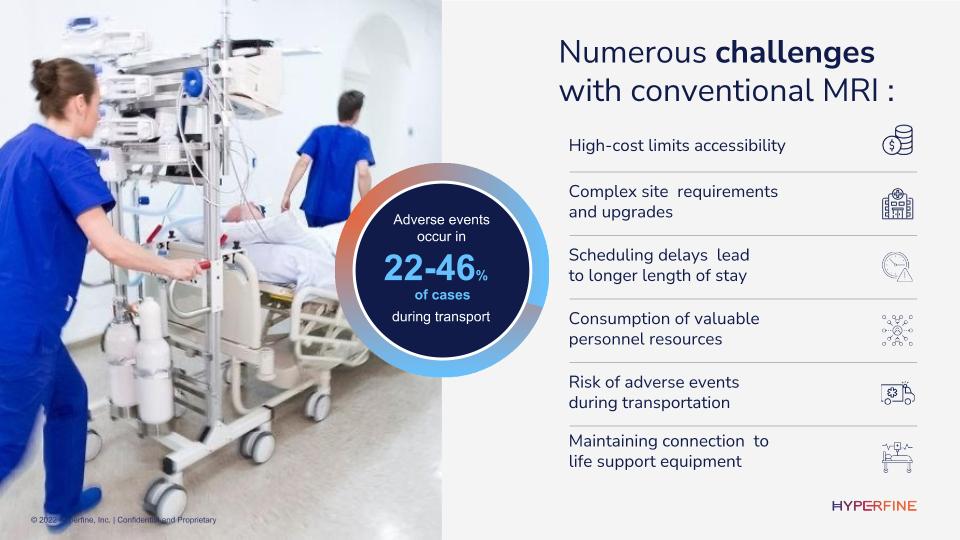
These are some significant numbers: Risk during patient transport is a primary concern. A study looking at the risks of transporting critically ill patients highlighted a number of risks other than transport accidents. These include:
In the case of seriously ill patients, transport risks often outweigh the benefits. This poses a dilemma for physicians, particularly when imaging or testing is needed to help them create a comprehensive treatment plan. Transporting a critically ill person can pose additional challenges, such as the transport of therapy equipment and often the need for more medical staff for the process. It is not only risky but also labour-intensive. The risk of spreading infection through patient transport is well-known and very high. It has been repeatedly observed in hospitals where patients hospitalized for non-clinical reasons, such as lack of space, were moved between the stations. Ability to contain the infection and endanger both the patient being transported and others with whom they come into direct or indirect contact.
It makes sense to limit patient transport to absolutely necessary cases. Fortunately, with improvements in today’s technology, many tests, therapies, and imaging needs can now be performed at the patient’s bedside. Can be performed at the point of care or very close to the point of care as needed is one such risk mitigation solution. The point of care minimizes the risk of infection, the spread of a current infection, and transport accident. Vulnerable patients may be susceptible to bed sores, cuts and scrapes during transport. These seemingly minor issues can require months of treatment for those most at risk. Minimizing movement also minimizes these negative effects.
By minimizing the risk of illness, spread of infection or injury during transport, patients’ overall hospital stay can also be reduced. The patient has better outcomes, and the hospital improves patient performance. From the patient’s perspective, the overall experience can be enhanced through point-of-care imaging. They can remain in the relative comfort and safety of their room while the imaging team reaches them. Every transport is associated with great discomfort for many sick or injured patients. Hospitals can improve their experience.
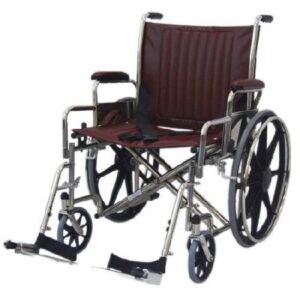
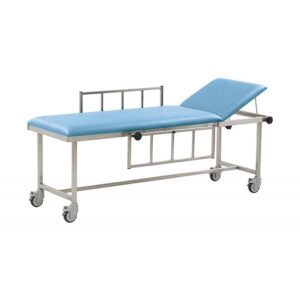
MRI Compatible Stretcher
Given that the magnitude of illness or injury can prevent a patient from being transported for imaging, wearable devices are a game changer. Bringing the images to the patient in these cases enables potentially transformative clinical research that otherwise might not have been conducted. Hospitals should also consider that point-of-care imaging helps them deploy their healthcare workers more efficiently. Transporting injured or sick patients can take a whole team of people, while portable imaging requires only one worker: a nuclear medicine technician (NMT). Increasingly, the Medicare and Medicaid centres hold hospitals responsible for all the consequences of patient transportation. Because hospitals today are measured in so many ways, including patient outcomes, most are aware of the risks associated with patient transport and have policies to mitigate them.
Portable imaging has an impact on the OR. In particular, the time the patient spends under anaesthesia is a significant risk in any operating room. The longer you are under anaesthesia, the riskier it becomes. When surgeries require imaging, in many cases (e.g., lymph node biopsies in children), the patient must be sedated, mapped in a nuclear imaging room, and then transported to the operating room for imaging. An additional process step increases the transport risk and the risk of anaesthesia time. Point-of-care imaging means these images can be captured in the operating room, the area prepared, and surgery can begin without delay. Performing the procedure and surgery in a single session is safer for the patient, saves additional time under anaesthesia, and reduces the need for transport.
The most complex and potentially dangerous transport in terms of logistics, special equipment and patient safety is transport with magnetic resonance imaging (MRI). Fatalities from objects flying into the magnets have also been reported, although these are rare. Caution should be exercised when exposing patients to implantable devices such as pacemakers and defibrillators, as the magnet will render them inoperable. The use of other devices, such as reinforced endotracheal tubes, pulmonary arteries, and central venous catheters containing metal wires, can also burn patients because the wires become hot close to the magnet. Suites are often far from patient care areas, and procedures performed often take longer than other diagnostic modalities, such as CT scans.
MR Safe devices are most desirable if required because they do not contain ferrous material and can be used regardless of the distance to the magnet or the device’s function. Conditional MRI equipment will work within the MRI room but is made of ferrous material or has special shielding and must maintain a certain distance from the magnet depending on the machine and magnet strength. Conditional MRI machines tend to be more sophisticated in terms of monitoring, alarms, and operability. Still, some devices need to be secured in place to ensure they don’t drift into the magnet.
MRI is increasingly used to diagnose diseases and injuries. MRI was often delayed in the past because the patient was deemed too ill to be transported to the suite and monitored during the test due to poor monitoring skills and ventilatory performance. Over the last decade, monitoring in the MRI room has improved with MRI-compatible monitors. It can now include pulse oximetry, electrocardiography, and invasive and non-invasive blood pressure monitoring, audible and visual alarms, making safety a primary concern. Among the advantages of these devices is that most are lightweight and easy to put on and can be placed in the patient’s bed for transport and with the patient on the MRI table during the scan. 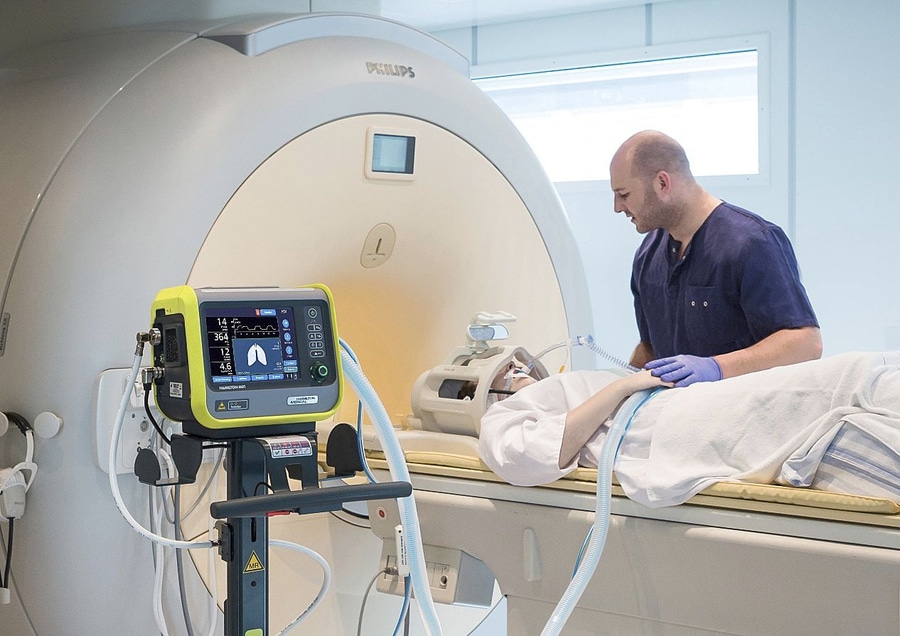
MR Conditional ventilators are suitable for MRI use but have some limitations. It consists of placing the device some distance from the magnet and usually tying it down to prevent it from drifting towards the magnet. The advantage of these ventilators is more excellent monitoring and alarm capabilities and better interaction between the patient and the ventilator since they are comparable to the intensive care unit. The downside is the need for an extra-long fan circuit due to the required clearance from the magnet. Activation of the ventilator may be compromised, and work breathing may increase when using the longer circuit.
Patient transport is inherently risky for hospitals and the patients they serve. Accidents, the spread of infection and the deterioration of patients as a result of transport are relatively common and can significantly delay recovery times. It makes sense to limit patient transport whenever possible. And perform point-of-care therapy, testing, and diagnostics. Wearable imaging is a way to reduce the spread of infection and provide better outcomes for patients and hospitals. Most critical imaging needs can be met at the patient’s bedside. Patient transport remains necessary in today’s healthcare environment, whether inside or outside the hospital.
Advanced diagnostics and specialized treatment centres for complex diseases and conditions require patient transport, often when unstable. The added need for mechanical ventilation when transporting the sickest patients makes an already potentially unsafe scenario even worse. The performance of transport equipment, including ventilators, is improving, bringing caregivers closer to the goal of getting the ICU to the patient throughout transport. Careful planning, monitoring, and resource allocation, including personnel appropriate for transportation, are extremely important to ensure patient safety i.e. ( MRI Compatible Camera / MRI CCTV, MRI compatible Fire Extinguisher etc.)
©2024 Kryptonite SolutionsTM. All Rights Reserved.
Powered by: Purple Tuché